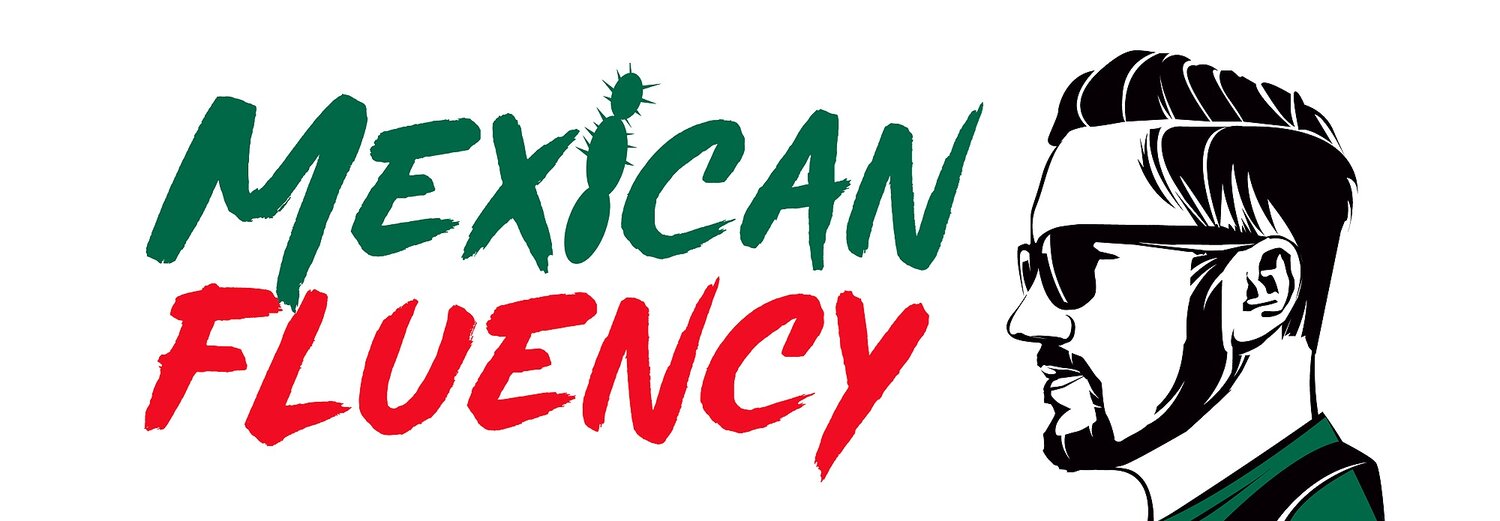Mastering 'Por' and 'Para' in Spanish: A Guide
¡Hola, amigos! Welcome back to Mexican Fluency, your top-tier resource for mastering Spanish in its rich Mexican context. Today, we will tackle an intricate yet intriguing part of the Spanish language – distinguishing "por" and "para"”
As you journey towards Spanish fluency, knowing when to aptly use "por" and "para" can significantly boost your communication prowess. Join us as we delve into these seemingly diminutive but profoundly influential words, unpacking their unique applications in everyday conversations.
"Por" - The Chameleon of the Spanish Language:
"Por" is a chameleon-like word in Spanish, assuming various roles that might appear daunting initially. Let's simplify it by breaking down its primary usages:
1. The Catalyst: "Por" steps in when you want to articulate the cause or reason behind an action or situation.
Example: *Estoy feliz por mi cumpleaños.* (I am happy because it's my birthday.)
2. The Medium: When showcasing the method or means through which action unfolds, "por" is your knight in shining armor.
Example: *Viajamos por avión.* (We travel by plane.)
3. The Timekeeper: "Por" is also your time marker, signifying the time or duration of an action.
Example: *Estudiamos por la mañana.* (We study in the morning.)
"Para" - The Navigator of the Spanish Language:
In contrast, "para" serves more like a navigator, mainly pointing towards the purpose or destination of an action. Let's unearth its salient roles:
1. The Goalpost: "Para" comes into play when pinpointing the purpose or objective of an action.
Example: *Este regalo es para ti.* (This gift is for you.)
2. The Mailman: It adeptly expresses the person or entity who is the recipient of an action.
Example: *Preparé un pastel para mi mamá.* (I prepared a cake for my mom.)
3. The Deadline: "Para" can also work as your countdown timer, indicating a specific time by which an action must be wrapped up.
Example: *Necesito el informe para mañana.* (I need the report by tomorrow.)
The Road to Mastery: Practice, Practice, Practice!
To truly command the usage of "por" and "para," persistent practice is your trusted companion. Let's engage with some exercises to reinforce your learning:
1. __________ (Para / Por) estudiar medicina, se requiere mucha dedicación y esfuerzo.
2. Agradezco tu apoyo __________ (por / para) superar este reto difícil.
3. Ellos salieron temprano __________ (para / por) evitar perder el autobús.
4. Compré un libro nuevo __________ (por / para) enriquecer mi vocabulario en español.
5. Esta carta es __________ (para / por) mi mejor amigo, ¡espero que le encante!
Answers:
1. Para
2. Por
3. Para
4. Para
5. Para
Conclusion:
Bravo! You've just leaped forward in your quest for Spanish fluency by grasping the nuances between "por" and "para."
As you immerse yourself deeper into this vibrant language, remember - consistent practice, a pinch of patience, and exposure to real-world conversations are your accelerators toward fluency.
Here at Mexican Fluency, we're committed to guiding your language-learning voyage and helping you realize your linguistic aspirations. ¡Hasta luego, amigos! (Until later, friends!)
Wanna learn more!
Click below to listen to the episode of the podcast were I talk all about por vs. para (en español).
